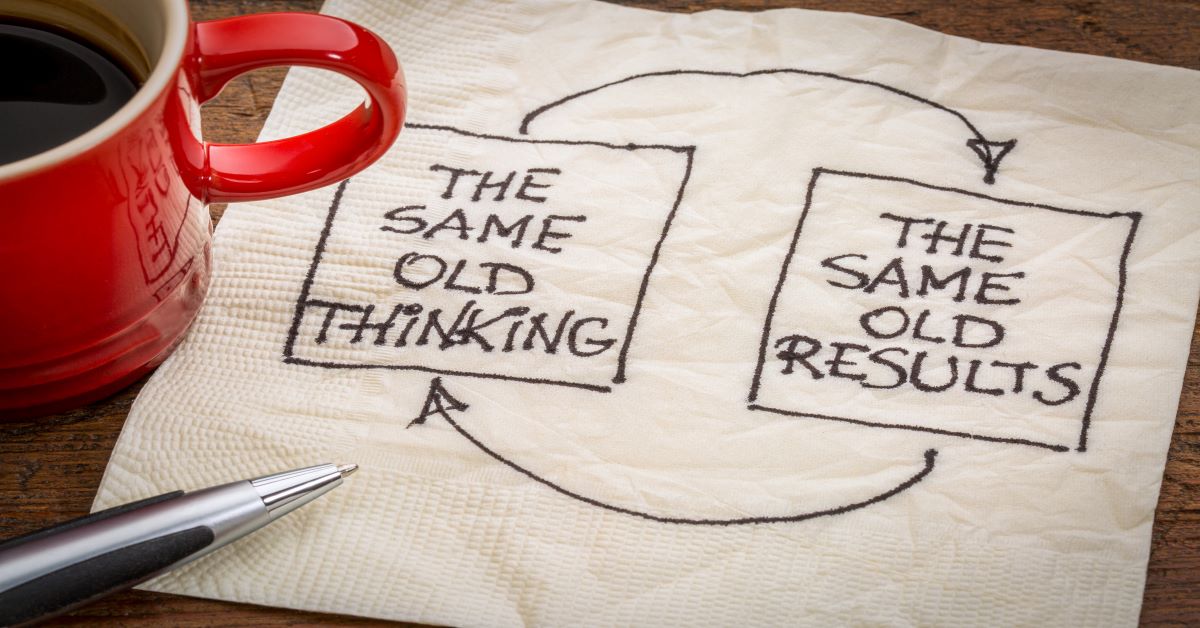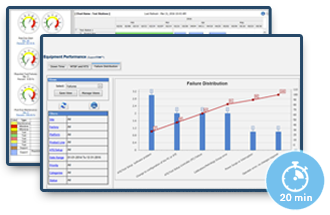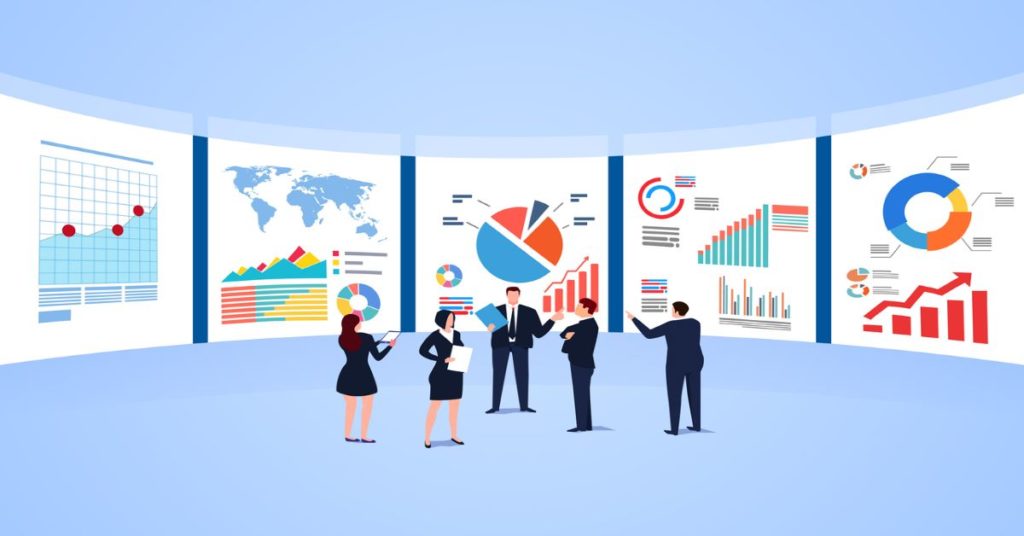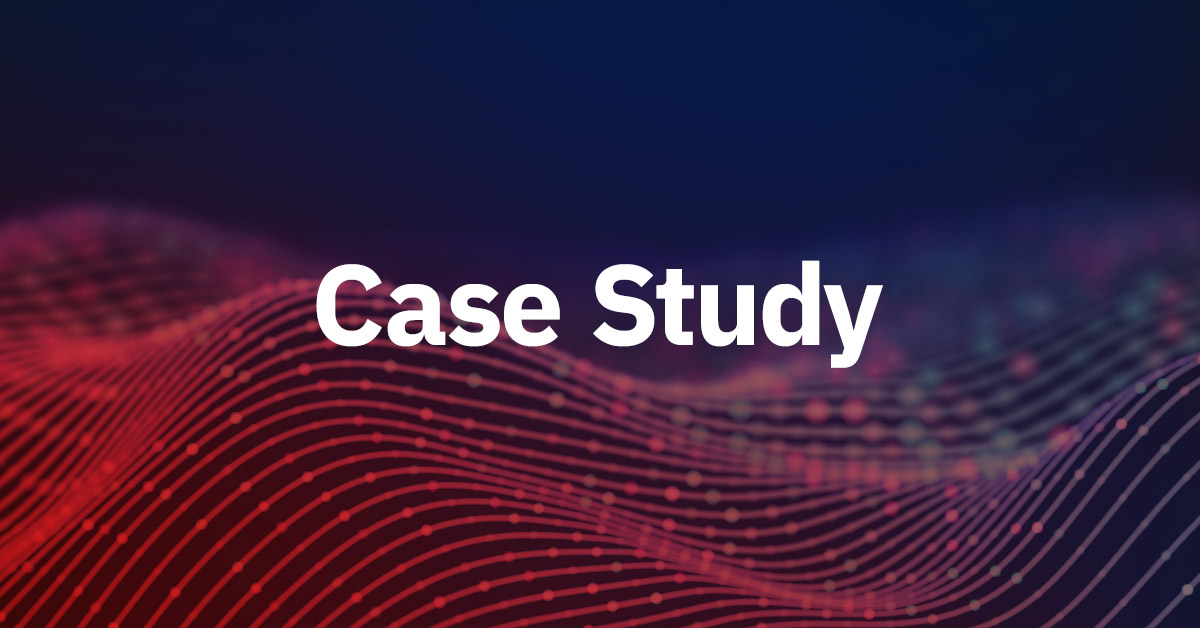“All wealth is the product of knowledge. Matter is conserved; progress consists of learning how to use it.”
George Gilder – Economist, Investor, Author.
Performance gaps are always knowledge and “capital structure” gaps.
With new competitive requirements for better-than-incremental increases in speed, knowledge is the key. Human Capital, the first and most important capital structure, must be competitive. Those teams that can bring products to market in half the time at half the expense will win. Winners increase market share and profitability. They amplify opportunities for their employees to fulfill career and personal ambitions. they increase enterprise value.
The enthusiasm and seriousness of the best teams to learn to close their gaps is legendary. The 1980 “Miracle on Ice” gold medal hockey team is a great example. They adopted a whole new system of hockey and then learned how to perform in it to a very high standard. Their efforts changed their lives. Our efforts can change ours.
Accelerated Enterprise Asset Management – A New Approach to Managing Constraints
Sente’s Accelerated Enterprise Asset Management solutions apply uncommon knowledge to asset management challenges. We not only make dramatic improvements to capital equipment and operating capital requirements, we help companies build their human capital, as we describe in this blog post, Enterprise Transformation: It’s the Capital Structures, Stupid. We are proud of the results we’ve produced. Our customers and their employees regularly win recognition. Their performance helps to change the trajectory of some of their careers.
Today’s challenges demand similar enthusiasm and seriousness to the 1980 team. Theory of Constraints (TOC) is one of the “new systems” teams must learn to exploit. We’ve amplified TOC with capabilities for complex engineering environments. With it, we’ve produced 4X improvements to utilization and up to 70% improvements to speed as discussed in our video case study, Digital Transformation: Asset Management 5.0.
A Primer on Managing Constraints
Eli Goldratt, in his best-selling book, “The Goal,” defines a constraint as anything that prevents a system from achieving its goal. , e.g. revenue, speed, etc. There are three types of constraints.
- Resources – people or equipment.
- Policy – operating rules or measures
- Permanent – the skill and capability of employees.
At their root, “Policy” and “Permanent” constraints are knowledge constraints. they are also Human Capital constraints.
A History of Market Domination by Exploiting New Knowledge, Tools, and Practices
Companies that transform first by exploiting new knowledge and practices can dominate markets with their human capital and the other forms of capital that cascade from it. History shows they can do it for a generation or more. Failure meanwhile is an existential threat. Not only does it threaten the company, but employees and pensioners are also at risk.
General Motors exploited “scientific management” and dominated the automotive industry through the 1970s. Toyota invented “Just-In-Time” methods and assembled automobiles in half the time. GM is no longer in the top 5! Steve Jobs founded Apple in 1976, they fired him in 1985 and he returned in 1997 to rescue it from bankruptcy. Today Apple is the most valuable company in the world. It has disrupted many industries. Jeff Bezos transformed retail. He became the wealthiest individual on the planet leading Amazon. Elon Musk has disrupted transportation and space. He’s done it with what he calls “first principles” knowledge.
Updating Constraint Management with Contemporary Methods
While GM’s and Toyota’s methods are well documented, there is no definitive story yet about the others. We’ve studied them and adapted some of what we’ve learned from them and others to TOC.
TOC puts focus on how systems operate to increase output and speed. Development and test is fundamentally a human enterprise. Knowledge of how humans operate therefore is critical. Employees at Amazon use structured memos to present ideas in “high resolution” detail. To humans, narratives are the most fundamental way they make sense of the world. Knowledge of their operation and use is critical.
Think how often you hear failure blamed on “poor communications”? It is an explanation that provides a “low-resolution” direction for improvement. Knowledge of narratives makes clear why they fail. They fail for the same fundamental reason anything does. Weak, incomplete, or flawed components, their assembly, and operation. The question is what are the essential narrative components? How must practitioners assemble them? How do they operate (use or perform) them to produce breakthrough outcomes?
What puts the “acceleration” in aEAM.
Improved communication is just one part of what puts the “a” or “acceleration” in aEAM. Scireo software embeds contextual and other forms of knowledge in workflows. This includes algorithms that take the friction out of your processes to speed them up. Scireo’s capabilities are uncommon delivering breakthrough results. They include 400% increases to utilization and 50% improvements to speed.
The methods that used to deliver competitive advantages, like Lean or Six Sigma, no longer do. HBR reports large companies are retreating from these solutions. They no longer work in today’s fast-paced, global marketplace. Sente stays focused on fresh, new methods, some used by today’s business pioneers to remake whole industries. We are remaking Asset Management. We have received analyst awards for our software and services that prove we are heading in the right direction.
Let us help you transform your asset management solution for speed and open up a world of possibilities for your team.











